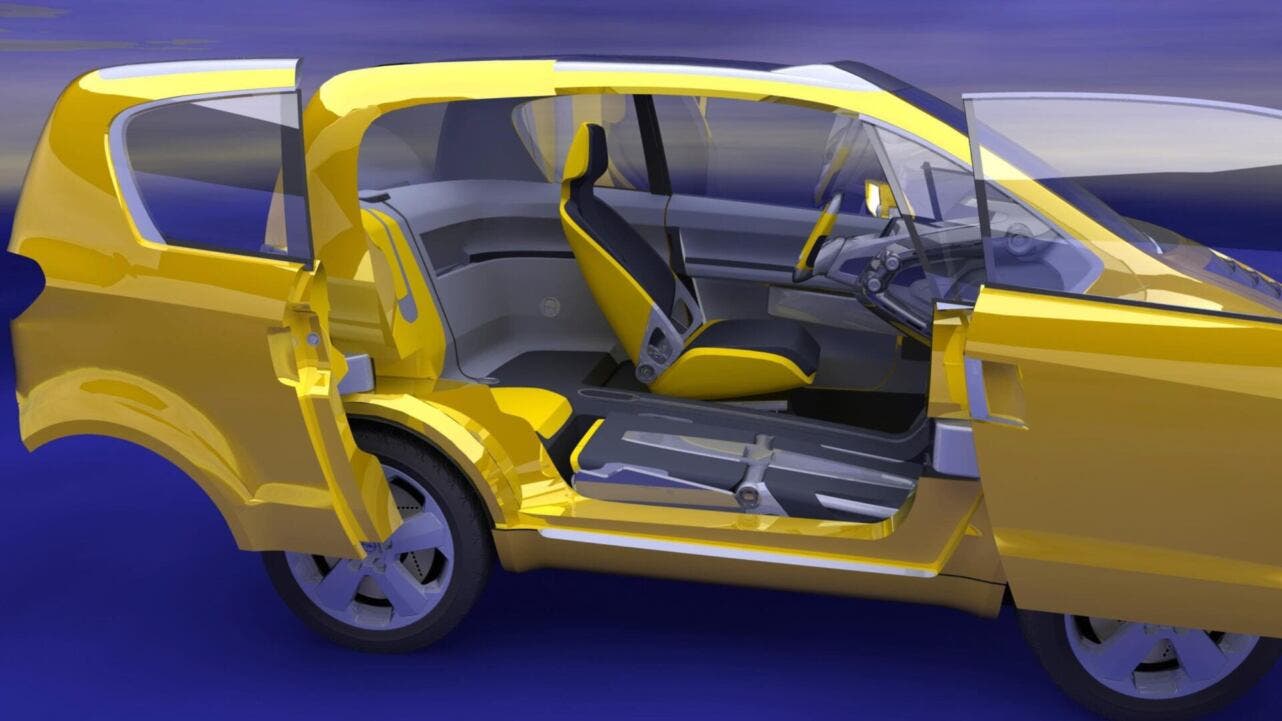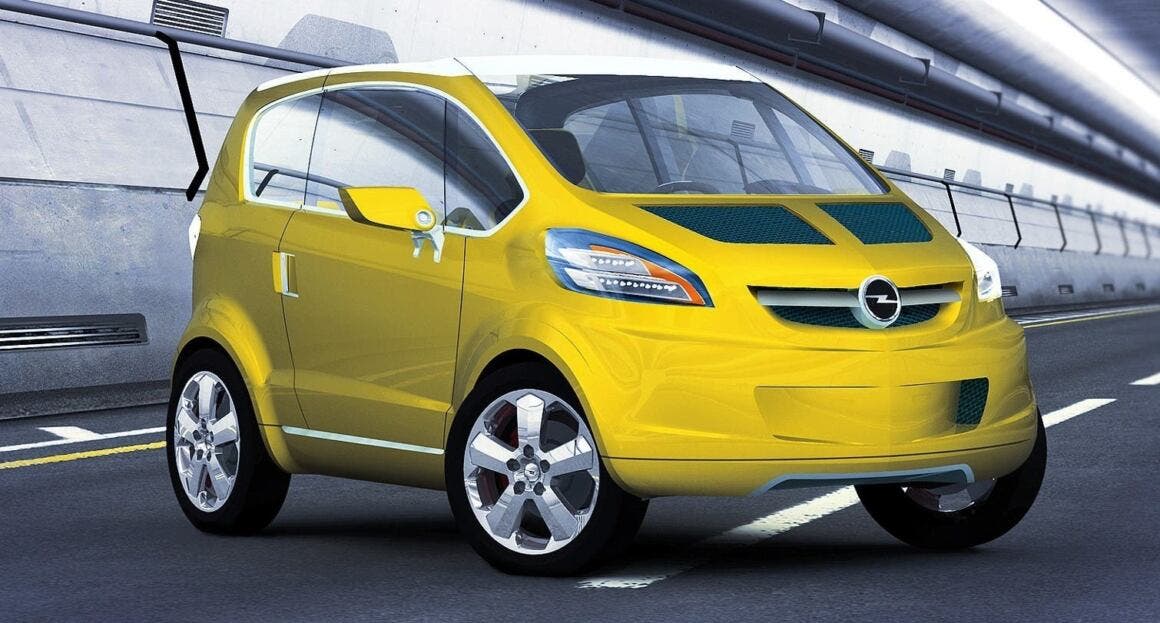Introduced at the Geneva Motor Show in 2004, the innovative Opel Trixx prototype was hailed as extremely versatile and spacious. This micro urban vehicle could accommodate up to three adults and a child, or a single person with several bulky items. Its three scissor doors, with an electric opening (two on the passenger side and one on the driver’s side), made it easy to access the cabin and trunk.
The versatile Opel Trixx city car made its world debut at the Geneva Motor Show in 2004
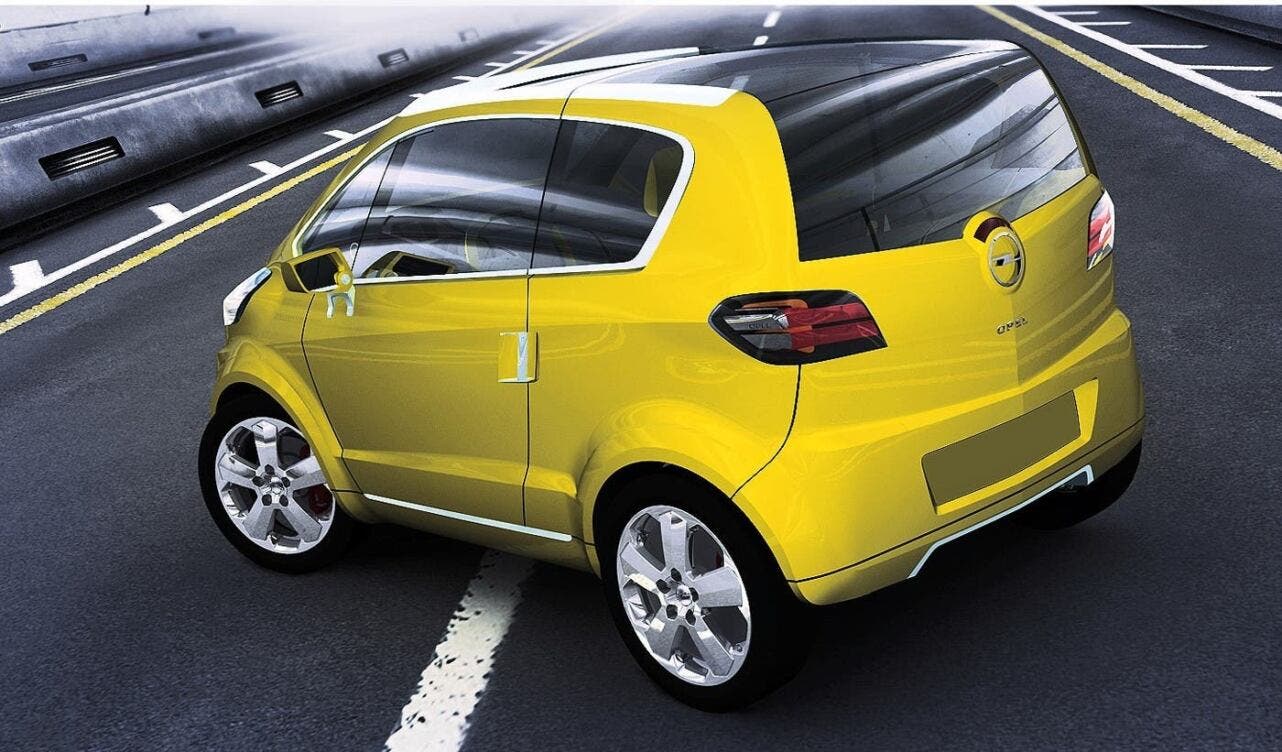
Opel Trixx boasted numerous innovative features, such as the inflatable rear seat, the removable front passenger seat, and a roof hatch that could be opened at the push of a button, allowing for the vertical transport of very long items. The trunk could slide backward like a drawer, facilitating the transport of heavy or dirty items inside the vehicle. This city car from Opel was equipped with the same 70 HP (51 kW) 1.3-liter turbo-diesel common-rail engine used in the Opel Corsa and Agila.
With a length of 3.04 meters, a width of 1.66 meters, and a height of 1.57 meters, the compact external dimensions of Opel Trixx made it an ideal front-wheel-drive car for city travel. Its internal flexibility allowed for maximum functionality: for example, with the passenger seat folded down, it offered an unusually large trunk, with a capacity of 890 liters according to the VDA method and a length of 1.53 meters from the tailgate to the dashboard, enough to transport a bicycle or a scooter without disassembling them.
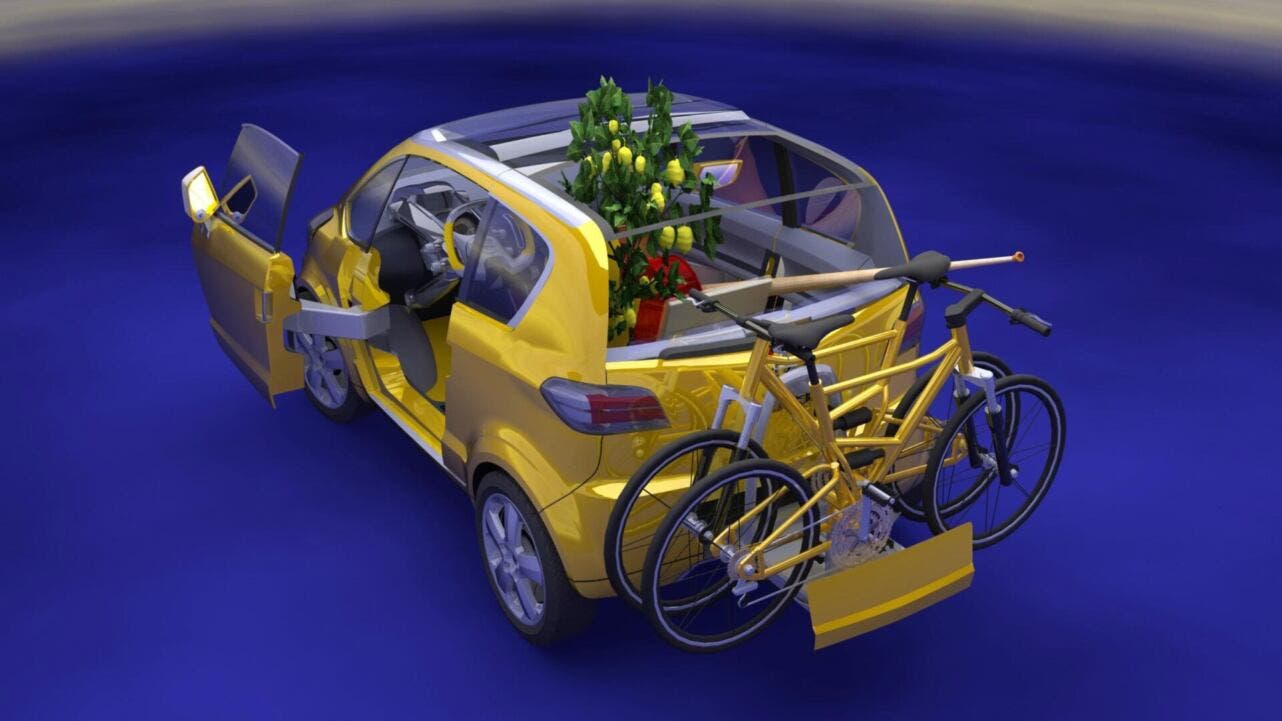
The front passenger could enjoy exceptional comfort on board, with ample legroom, thanks to the ability to fold the front seat forward and sit on the rear seat as if on an armchair. If the rear seat was not in use, it could be deflated and inflated again in a few seconds thanks to the onboard compressor. Moreover, if a small child was traveling, their car seat could be placed behind the driver’s seat.
Bulky items could be easily loaded into the cabin through the two wide scissor doors that opened electrically. These doors were equipped with support arms that kept them open parallel to the sides, similar to sliding doors. The Opel Trixx prototype did not require a rear hatch, as the rear window was lowered to facilitate access inside the vehicle.
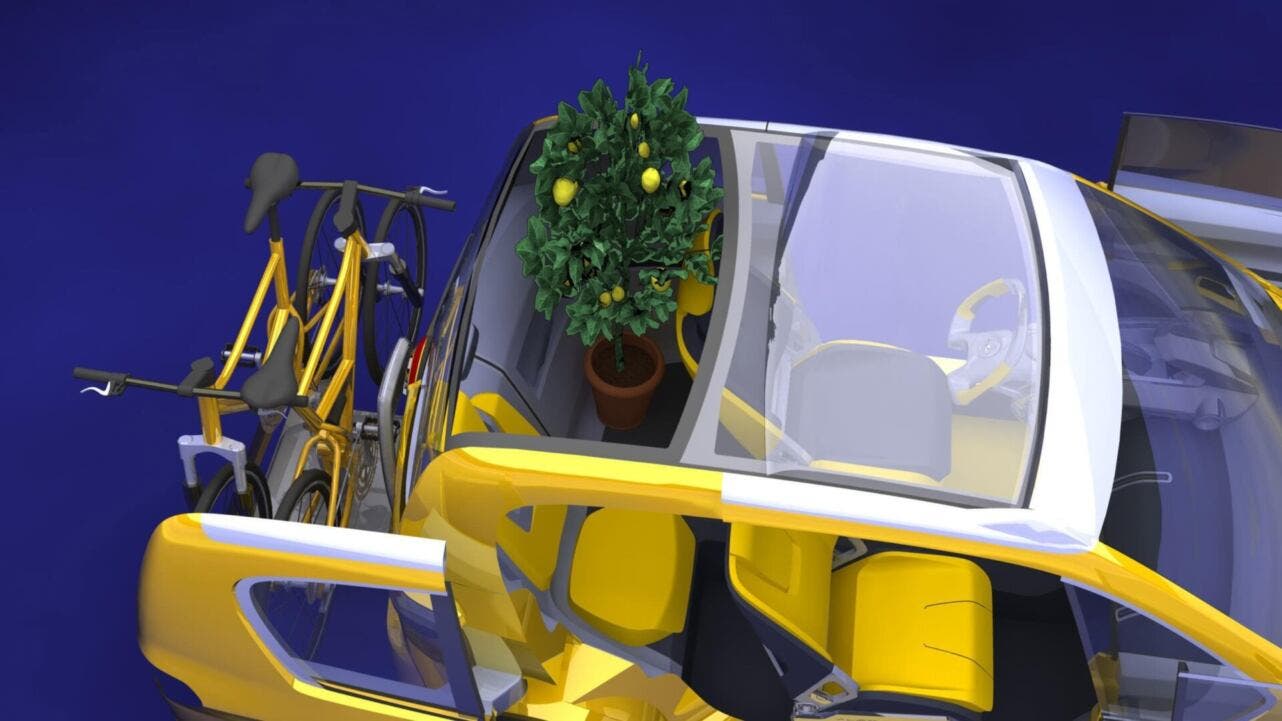
The rear half of the glass sunroof could slide forward, offering a large loading opening similar to that of a pickup truck, large enough to load items up to 960 millimeters wide, 430 deep, and 1,400 long. The straight lines, reduced overhangs, protruding wheel arches, and raised hood of Opel Trixx were typical features of the Opel design language of that era.
